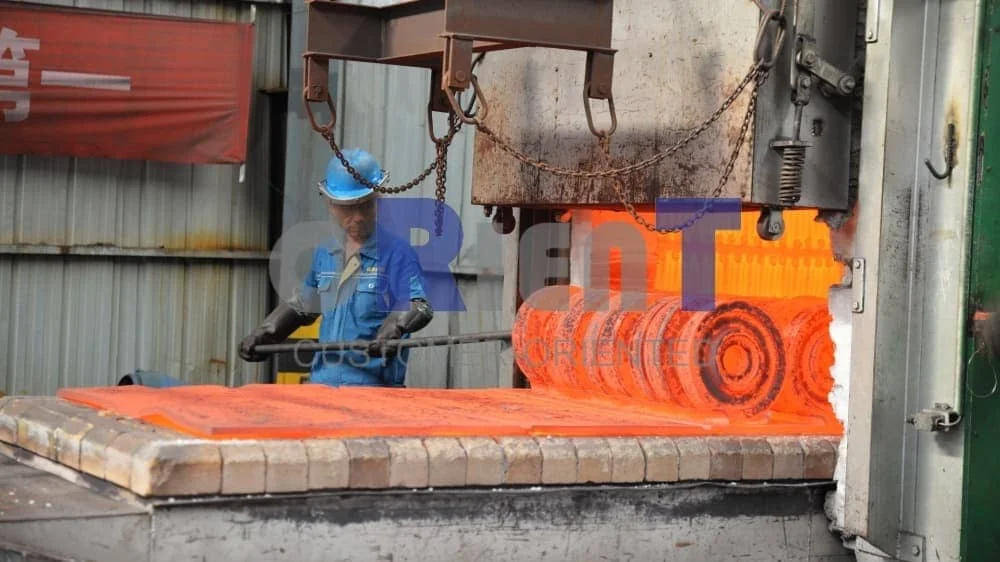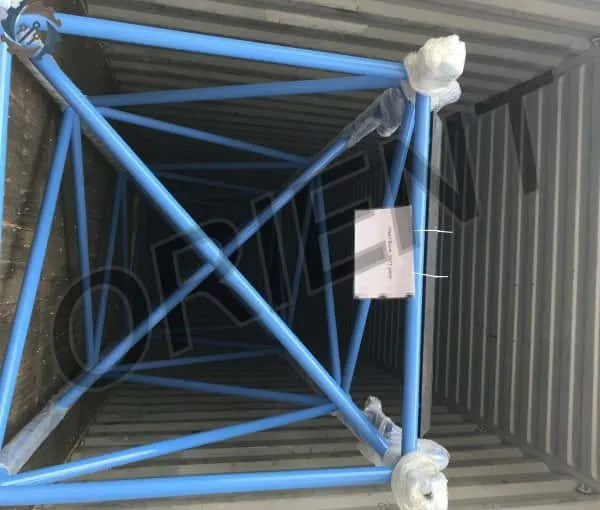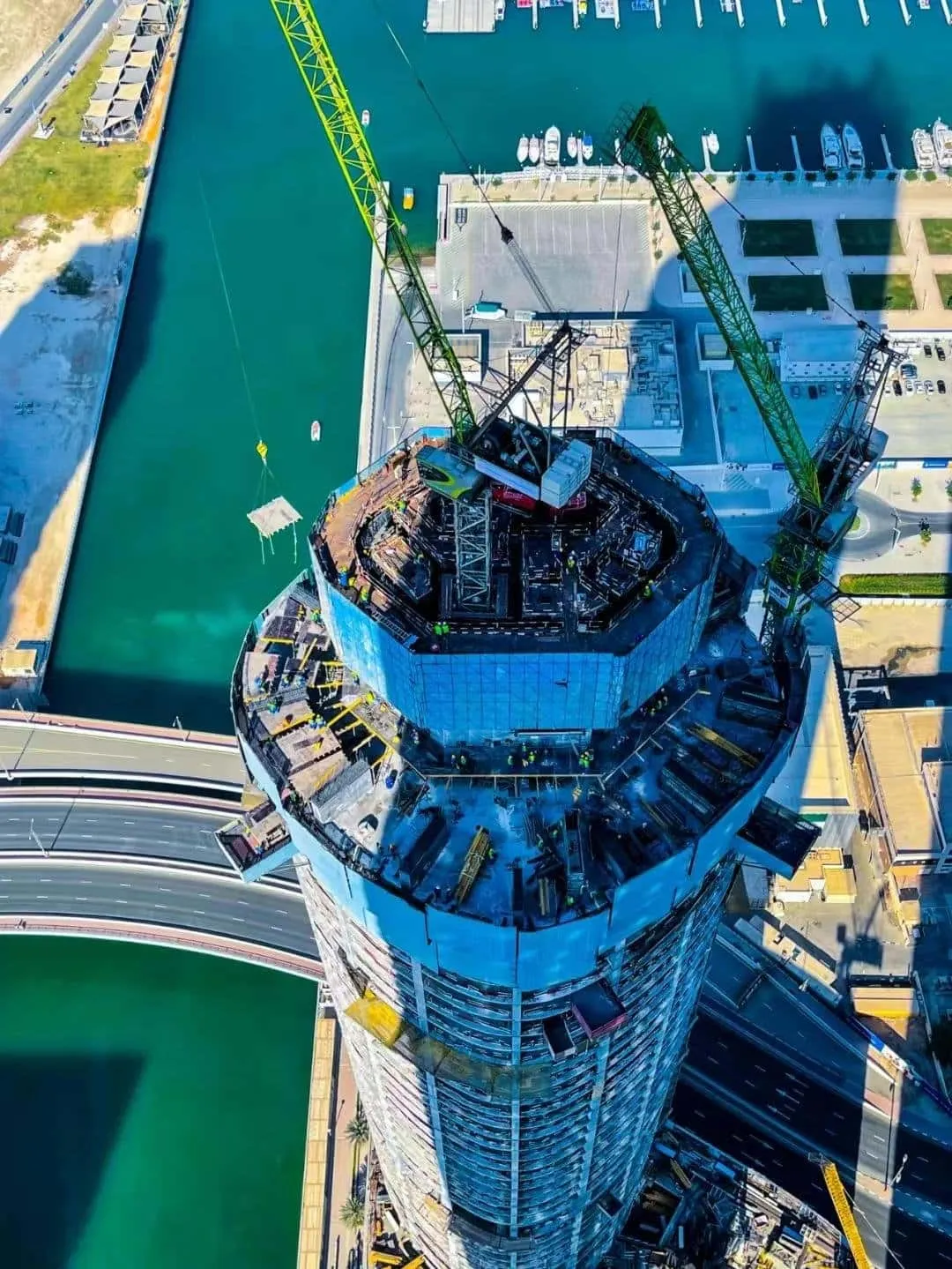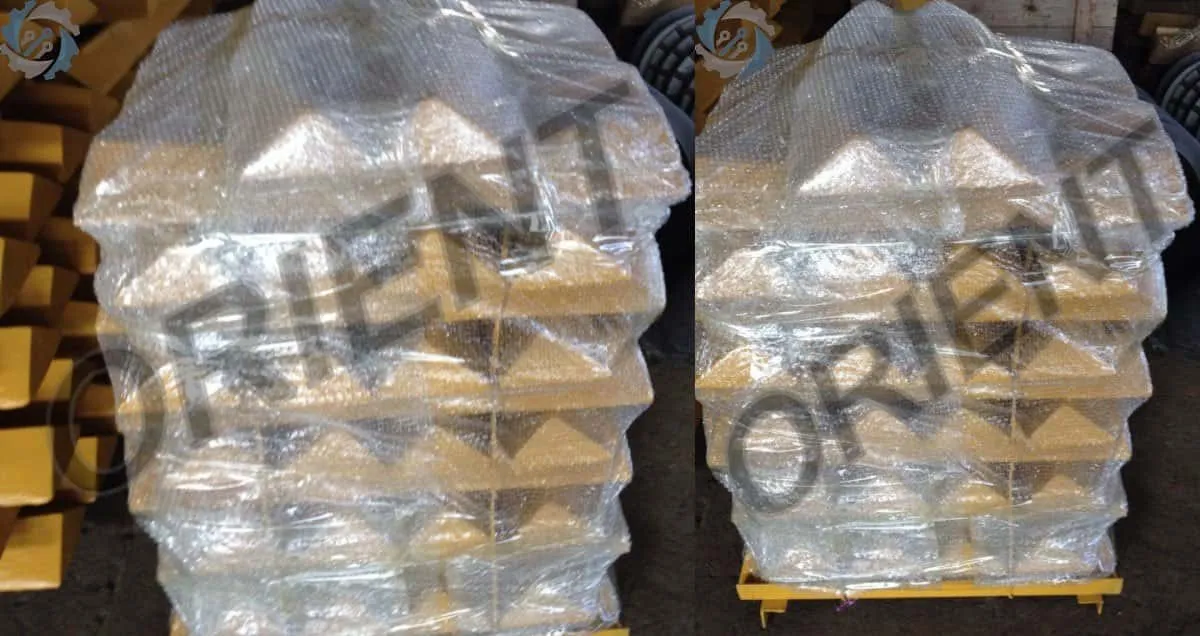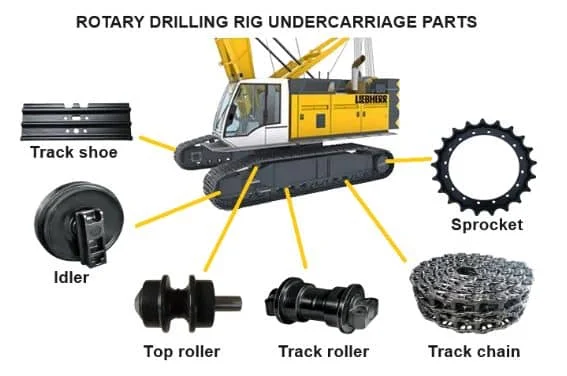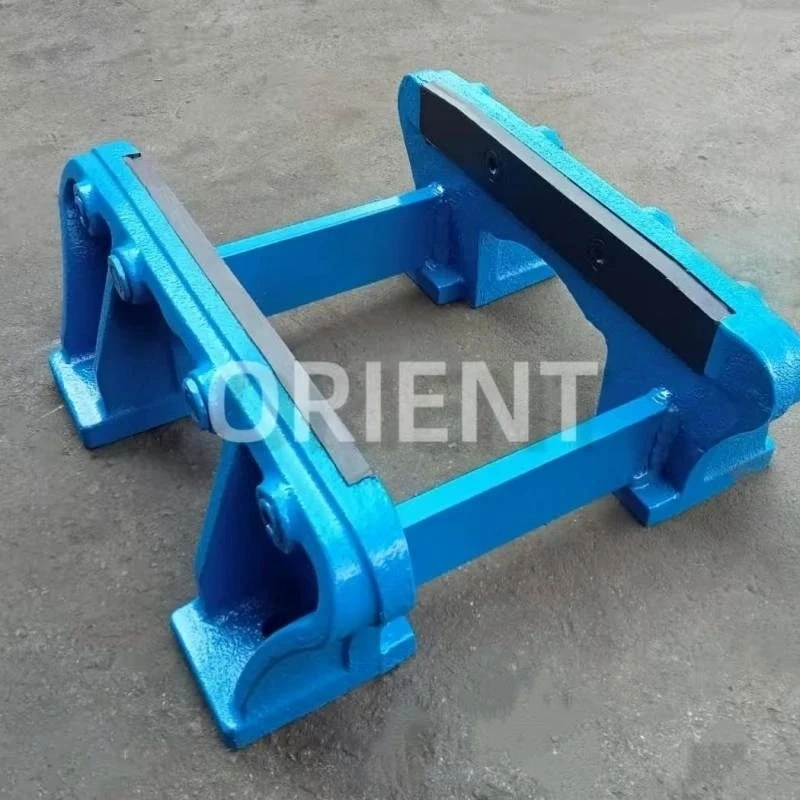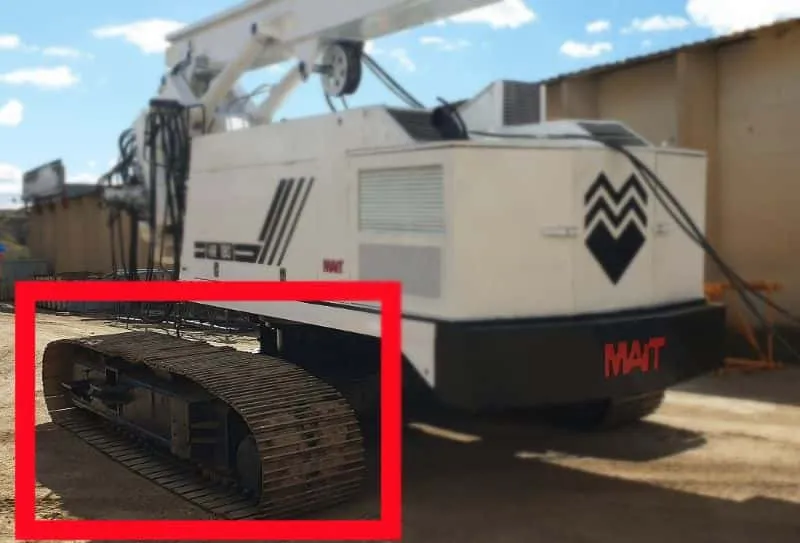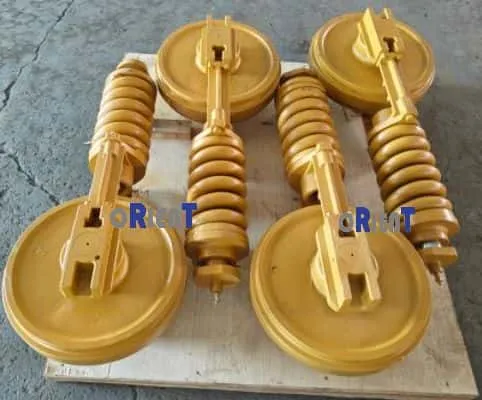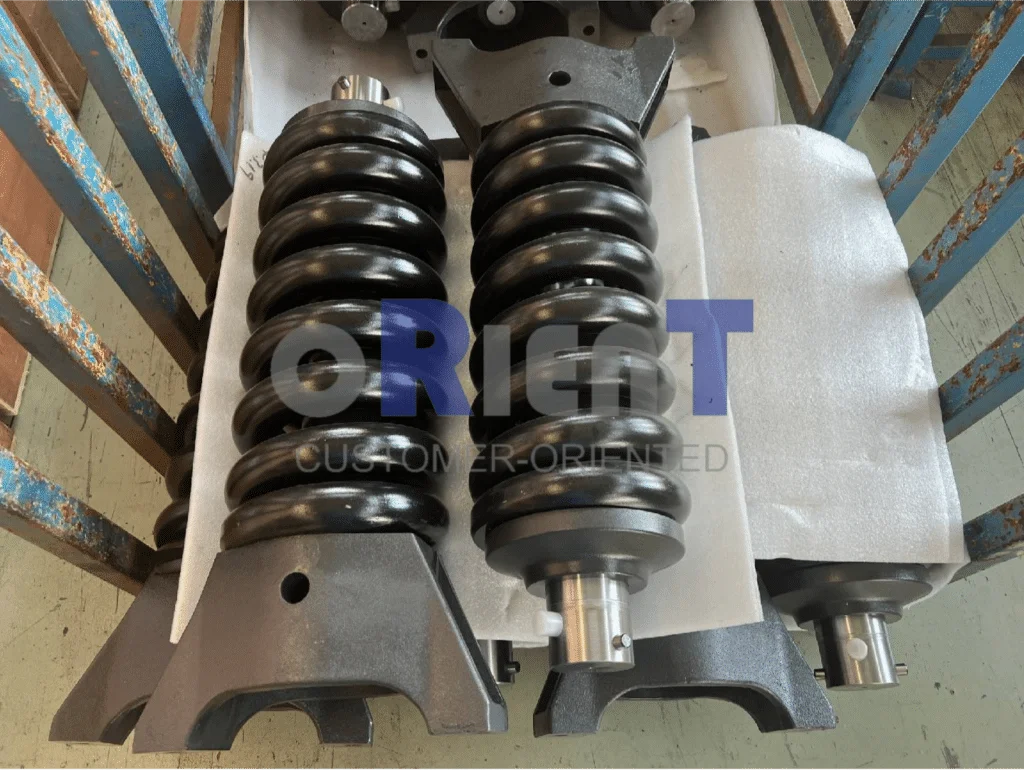If shrinkage happens during drilling, what are the implications?
Quality Issues and Observations
When conducting a borehole inspection, the probe may encounter blockages at certain depths, preventing a smooth inspection of the hole’s bottom. Additionally, the diameter of the borehole might be smaller than the design specifications, or it may decrease progressively from a certain depth.
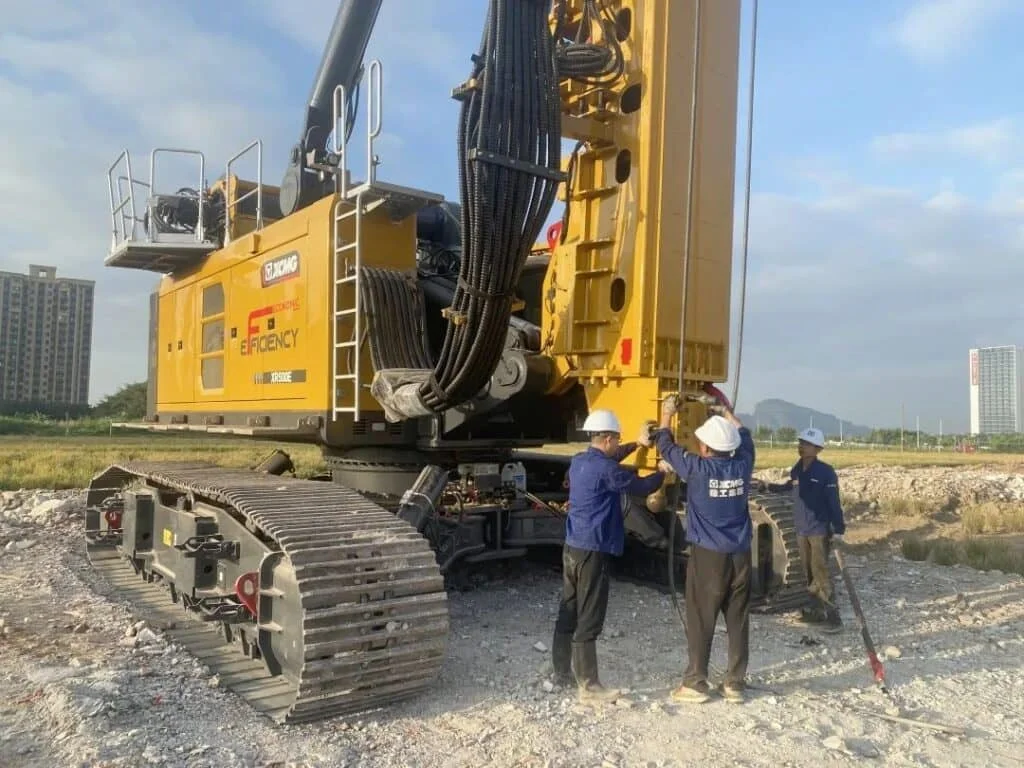
Causes
Presence of Weak Geological Layers: Weak layers in the geological structure can be compressed into the borehole due to earth pressure, resulting in a shrinkage hole.
Expansion of Plastic Soil: In geological structures, when plastic soil comes into contact with water, it can expand and create shrinkage holes.
Drill Wear: If the drill wears out too quickly and is not repaired or welded in a timely manner, shrinkage holes may form.
Preventive Measures
Monitor Geological Data: Pay close attention to geological drilling data and soil quality changes. If weak layers or plastic soils are identified, ensure frequent cleaning of the borehole.
Regular Drill Inspections: Frequently check the drill’s condition and perform timely repairs or welding when wear is detected. After repairing or welding, ream the drill to ensure it meets the design pile diameter.
Treatment Measures
If shrinkage holes occur, use the drill to repeatedly clean the borehole until the diameter meets the design specifications.
For any inquiries about Rotary Drilling Rig Undercarriage Parts, please contact us freely.
Related News
We often say our parts are “high-quality,” but what does that truly entail? With our latest shipment of Track Rollers (P/N: 3216719980) now en route to our partners, we want to lift the curtain and reveal the tangible engineering and rigorous processes that define this standard.
A regular customer ordered Doosan DX480 undercarriage parts. Thanks for the customer’s trust and long-standing cooperation. It lets us have enough motivation to improve the product quality and our service. Everyone in our team is dedicated to their duties as always, until the goods are shipped.
Shipment of Crawler Crane Sumitomo LS118RH3 Insert Boom Date: 22th, August, September, 2022 Description of Goods:
Dubai blue sky hotel project is the highest hotel building in the world, covering an area of 3662 square meters and a building area of about 102000 square meters. It includes 1100 hotel rooms, 320 meters high-altitude open-air swimming pool, 360 meters high-altitude restaurant and 5-level high atrium hanging garden. The structural design is complex, the construction is difficult and very cumbersome.
Shipment of CAT D4H Bulldozer Swamp Shoe Date: 11th, February, 2021 Description of Goods: 142 Piece of CAT D4H Bulldozer Swamp Shoe Total Weight: 3 TONS
Wear of the crawler track. Wear between the track pin and the pin bushing is inevitable, but this wear will stretch the track pitch and make the track too large. If this wear continues, the track will move sideways, causing wear on the idler, track rollers, and sprockets, while also exacerbating the wear on the track pin and bushing.
In the grand blueprint of infrastructure construction, every rotary drilling rig plays a crucial role. But have you ever wondered why some equipment can operate consistently and efficiently under harsh working conditions, while others frequently malfunction? The answer often lies in unnoticed details, such as the unsung hero of the rotary drilling rig – the chain guard.
Tired of constant downtime and rising maintenance costs caused by undercarriage failures? We understand how critical reliable undercarriage components are to your operations. That’s why we supply top-quality Mait HR180 undercarriage parts engineered for durability, performance, and seamless integration.
A regular customer from the United Arab Emirates, cooperating for many years, has been buying parts from us continuously. Recently, they ordered 2 complete sets of KR806-4 undercarriage parts, some are customized parts with drawings. Now all the goods have been sent to Qingdao port, have been released from customs, just waiting for the vessel departure.
As a supplier of undercarriage parts for rotary drilling rigs, we understand that customization is key to enhancing performance and longevity. To streamline the process and ensure precision, here’s how we optimize customization based on your specific needs:





